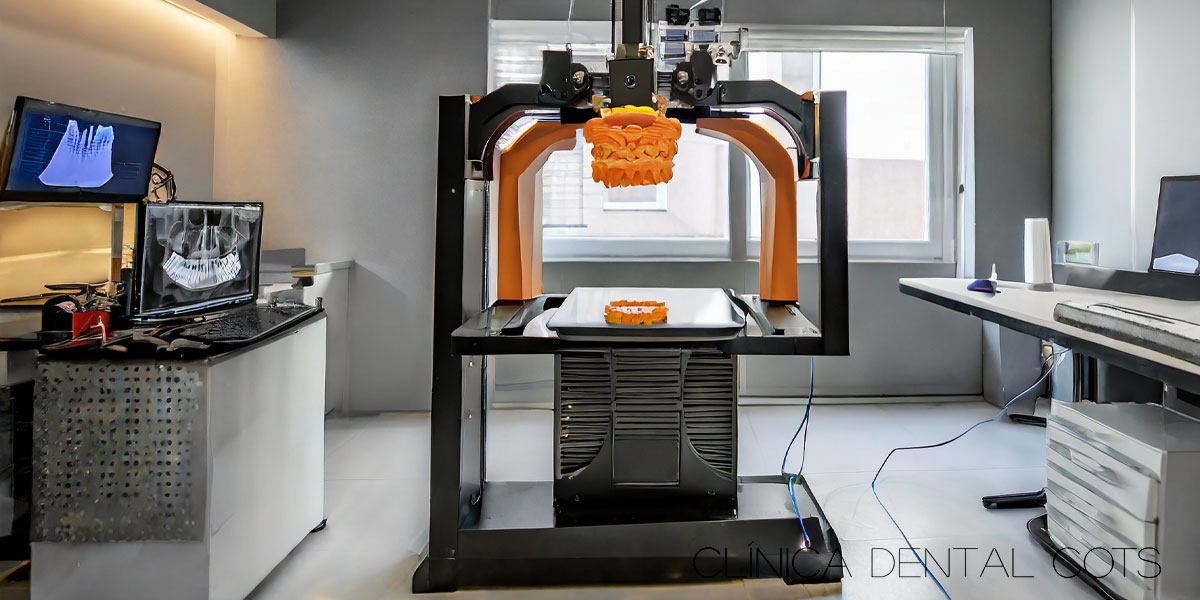
How to finance your dental treatment: Options and insurances available
27 November 2023
Intraoral Scanning: A Look at the Process and its Benefits in Modern Dentistry
27 November 2023
How to finance your dental treatment: Options and insurances available
27 November 2023
Intraoral Scanning: A Look at the Process and its Benefits in Modern Dentistry
27 November 2023Dentistry has undergone a significant change with the introduction of 3D printing. This technology, which seemed to belong to the realm of science fiction just a few decades ago, is now at the centre of a revolution in dental treatment.
Innovative Change
3D printing in dentistry has fundamentally changed the way dental prostheses, orthodontic splints, and even implants are fabricated and customised. This technology makes it possible to create custom devices faster and more efficiently than traditional methods.
Personalisation and Precision
One of the greatest benefits of 3D printing is its ability to customise treatments. Every patient has a unique dental anatomy, and 3D printing makes it possible to create solutions that are perfectly tailored to their specific needs. This not only improves patient comfort, but also the effectiveness of treatment.
Time and Cost Reduction
Another important aspect is the reduction in production times and associated costs. Dental prostheses and devices created using conventional techniques can be expensive and take weeks to be ready. With 3D printing, these times are drastically reduced, meaning patients can receive treatment more quickly.
Innovations in Orthodontics
In the field of orthodontics, 3D printing has enabled the development of customised transparent splints that are more aesthetic and comfortable for the patient. These splints, custom-made for each stage of orthodontic treatment, are rapidly replacing traditional metal brackets.
Challenges and Future
Despite its many advantages, 3D printing in dentistry faces challenges. Precision printing of biocompatible and durable materials remains an area of active research and development. In addition, the integration of this technology into dental practices requires significant investment in equipment and training.
However, the future is promising. As the technology evolves and becomes more accessible, we are likely to see even greater adoption of 3D printing in dentistry. This innovation not only improves the quality of dental treatments, but also opens the door to new possibilities in oral healthcare.
Conclusion
3D printing is ushering in a new era in dentistry. With its ability to customise treatments efficiently and cost-effectively, this technology not only benefits patients, but also transforms dental practice. As we continue to explore and improve these techniques, 3D printing is shaping up to be one of the most revolutionary tools in the field of dentistry.



